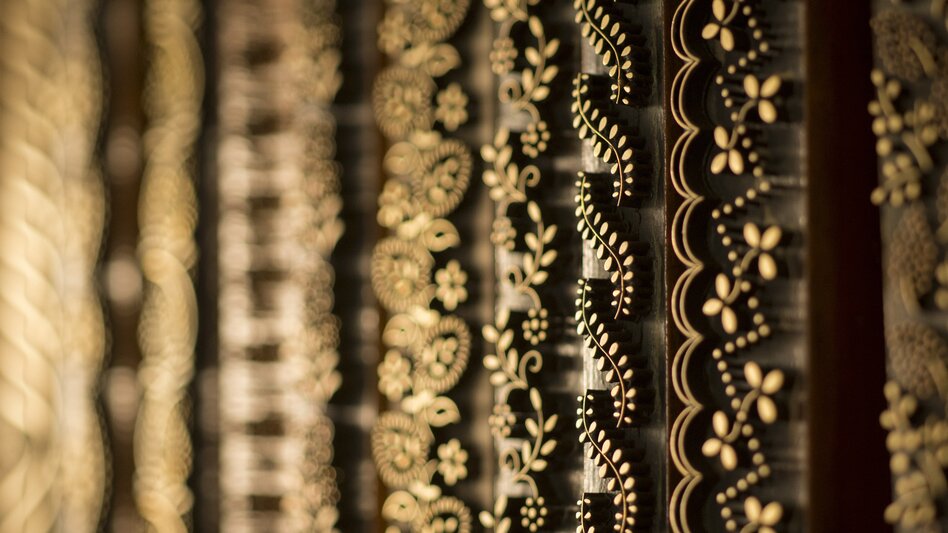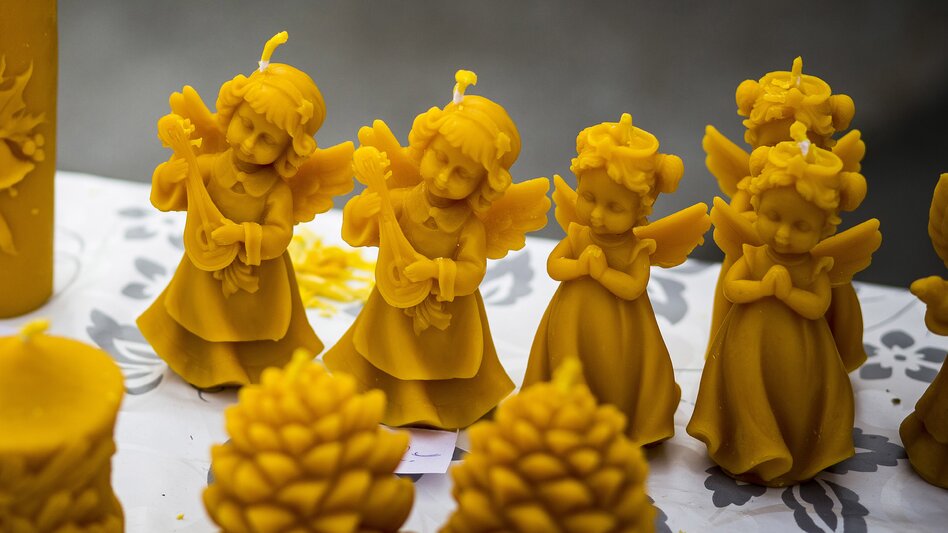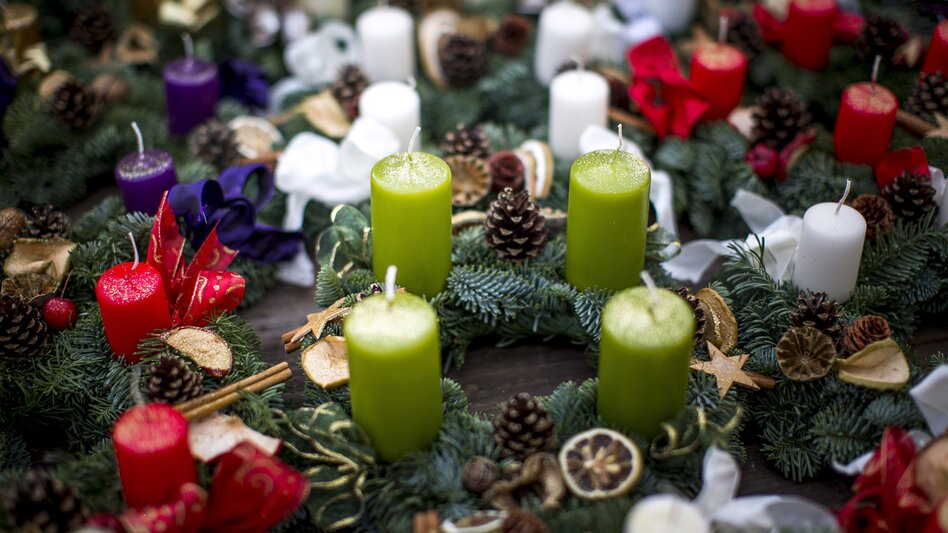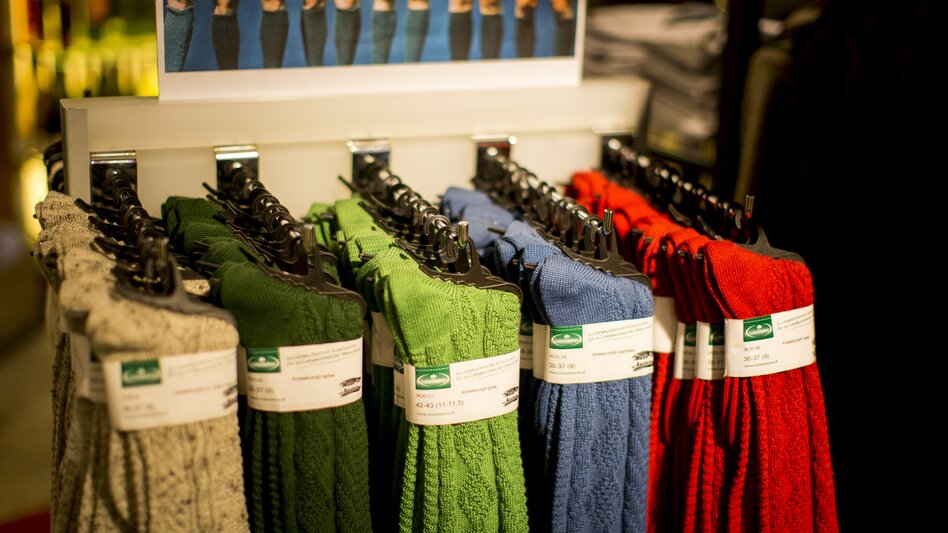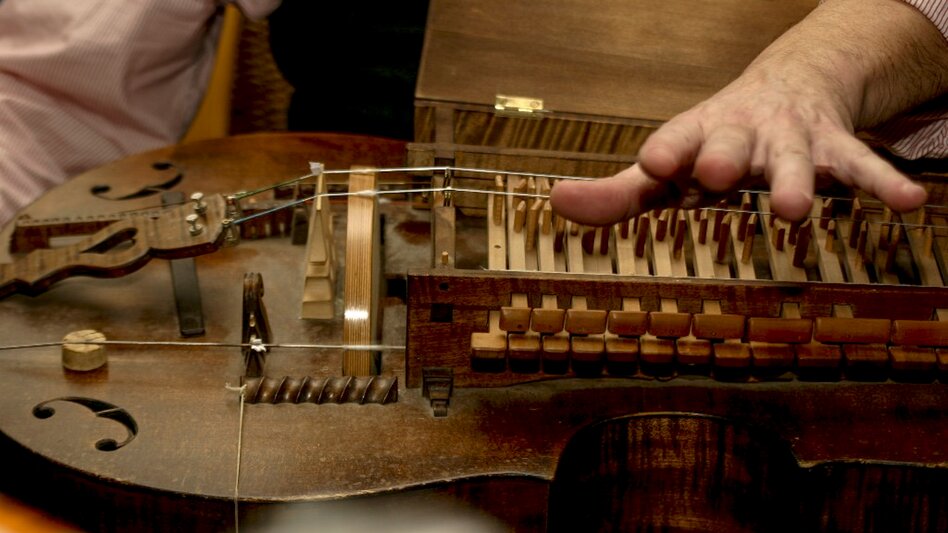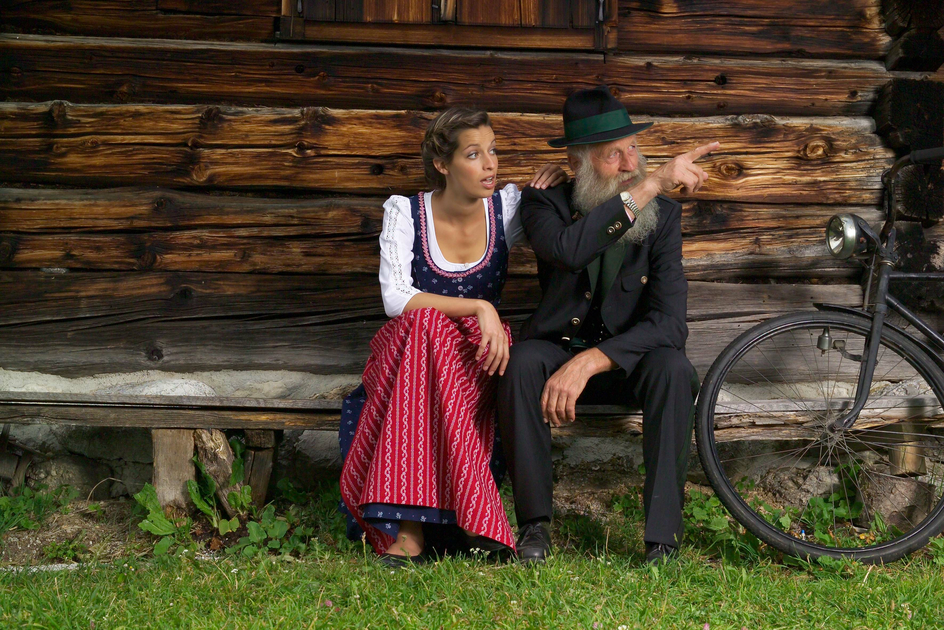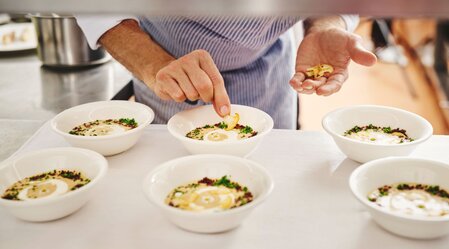

Styrian craftsmanship
Tried and trusted techniques, craftsmanship and lots of creativity are the basis for the diverse handicrafts from Styria. Intricately carved, creatively painted or tastefully decorated, the works come in an impressive variety. Traditional patterns, shapes and cuts are combined as a matter of course with the individual creative prowess of the master craftsmen – and thus artistically connect the past and present.
A heart for detail
Styrian arts and crafts
What would Easter be without artfully decorated eggs, and what would Christmas be without handmade ornaments? Especially around the festive season, Styrian arts and crafts can be enjoyed and experienced in all their glory. One-of-a-kind pieces are waiting for new owners. And each individual product bears witness to the artistic skills of its regional creator.
In the city and in the countryside
From the Steirisches Heimatwerk to craft markets
The Steirisches Heimatwerk in Graz delights with an exquisite selection of local handicrafts and very special products from Meisterstrasse Austria businesses. Browsing through the high-quality assortment, it quickly becomes clear: The traditional company attaches great importance to the regional creation of value and products of the highest quality.
However, handicraft masterpieces are not only available in the federal state's capital, but also in the various regions of Styria. For souvenirs from the green heart of Austria, Advent and Easter markets, arts and crafts markets, as well as select shops are good starting points.
Dirndl & more – from traditional to modern
Traditional costume as part of arts and crafts
The trend towards wearing traditional costumes continues: Since the beginning of the 21st century, there has been a general revival of interest in authentic traditional costume. Styria offers a wide variety, from traditional to modern. Those who like dirndls and Styrian suits in the classic style will find a multitude of different fabrics and cuts. Contemporary interpretations of traditional costume fashion can be found, above all, in the Design Capital Graz.
Would you have known?
The four main elements of a dirndl
- Bodice: The fitted top can vary both in cut and colour.
- Skirt: The skirt part is attached below the bodice. The length of the skirt can vary depending on the dirndl model.
- Apron: This piece of fabric with ribbons is tied around the waist above the skirt.
- Accessories and embellishments: Sewed-on trimmings, lace, pearls or ruffles give every Dirndl its unique appeal.
By the way: Not all traditional costumes are the same. Historically, a distinction is made between everyday costume, Sunday costume and festive costume. They come in different cuts and fabrics.
Source: Volkskultur Steiermark GmbH / Steirisches Heimatwerk
A little piece of Styria
Where regional shopping becomes an experience
Special souvenirs add to making a holiday truly unforgettable. Styria's handicraft businesses offer these in abundance. Hand-printed cloth scarves, fine traditional costume jewellery or a traditional dirndl: If you are looking for something authentic, you will find it in a variety of places in both the city and the countryside.
It is impressive to see how the masters of the craft follow their respective traditions. Insights into the often very elaborate work make regional shopping an extraordinary experience.
Have you lost your heart to Styria? With a work of exquisite craftsmanship, you'll always carry a piece of the green heart of Austria with you. More information can be found on the websites of the Steirisches Heimatwerk.



